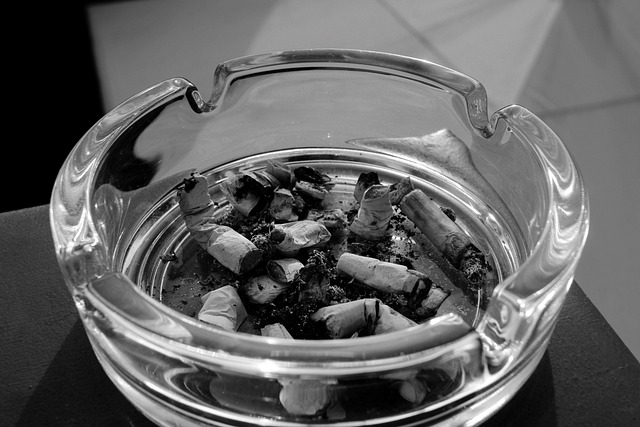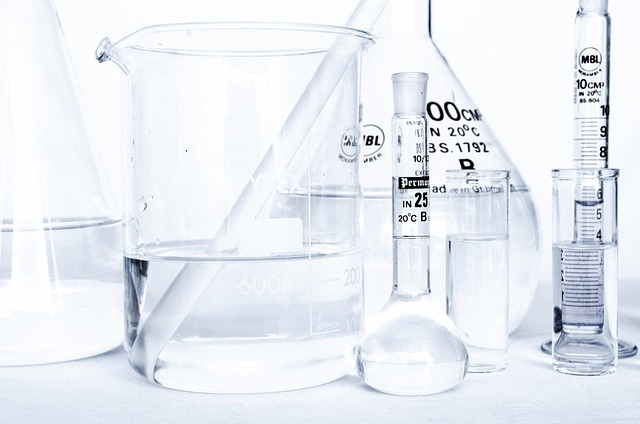
Silicosis: A Lung Disease Linked to Silica Dust
Silicosis is a significant occupational lung disease that arises from the inhalation of crystalline silica dust, a common mineral found in various natural materials such as sand, quartz, and certain types of rock. This condition primarily affects individuals who work in industries where exposure to silica is prevalent, including construction, mining, and stone cutting. As the disease progresses, it leads to severe respiratory complications, making awareness and understanding of silicosis crucial for those at risk.
The Mechanism of Silicosis
When silica dust is inhaled, it penetrates deep into the lungs, causing inflammation and the formation of scar tissue, a process known as pulmonary fibrosis. Over time, this scarring can severely impair lung function, leading to a range of debilitating symptoms. The severity of silicosis often correlates with the duration and intensity of exposure to silica dust.
Symptoms of Silicosis
The symptoms of silicosis may not manifest immediately after exposure; they typically develop gradually and can worsen over time, particularly if exposure continues. Common symptoms include:
- Shortness of breath: Initially occurring during physical activity, this may progress to breathlessness even at rest.
- Chronic cough: A persistent cough that may produce phlegm.
- Fatigue: A general feeling of tiredness and lack of energy.
- Chest pain: Discomfort or pain in the chest area.
As the disease advances, individuals may experience more severe respiratory issues, increasing the risk of respiratory infections and other complications.
Diagnosis of Silicosis
Diagnosing silicosis involves a comprehensive evaluation that includes a detailed occupational history, physical examination, and imaging studies such as chest X-rays or CT scans. These diagnostic tools help identify characteristic patterns of lung damage associated with silica exposure. In some cases, pulmonary function tests may also be conducted to assess the extent of lung impairment.
Management and Treatment Options
Currently, there is no cure for silicosis. However, various supportive treatments can help manage symptoms and improve the quality of life for affected individuals. These may include:
- Medications: Bronchodilators and corticosteroids may be prescribed to alleviate symptoms and reduce inflammation.
- Oxygen therapy: For those with significant breathing difficulties, supplemental oxygen can help improve oxygen levels in the blood.
- Pulmonary rehabilitation: A structured program that includes exercise training, education, and support to help individuals manage their condition.
- Regular monitoring: Ongoing medical evaluations to track disease progression and adjust treatment as necessary.
In addition to these treatments, it is essential for individuals with silicosis to avoid further exposure to silica dust and to adopt a healthy lifestyle to support lung health.
Preventive Measures
Prevention is key in combating silicosis. Employers in high-risk industries should implement stringent safety measures to minimize silica exposure. This includes:
- Providing protective equipment: Ensuring that workers have access to appropriate respiratory protection.
- Implementing engineering controls: Utilizing ventilation systems and water suppression techniques to reduce dust levels.
- Conducting regular training: Educating workers about the risks of silica exposure and the importance of safety practices.
By fostering a safe working environment and promoting awareness, the incidence of silicosis can be significantly reduced.
Conclusion
Silicosis remains a serious health concern for many workers exposed to silica dust. Understanding the disease, its symptoms, and the importance of prevention can empower individuals and employers alike to take proactive measures. While the journey of managing silicosis can be challenging, supportive treatments and preventive strategies can help mitigate its impact on health and well-being.

















 Music Albums That Tell a Story
Music Albums That Tell a Story 
 Health
Health  Fitness
Fitness  Lifestyle
Lifestyle  Tech
Tech  Travel
Travel  Food
Food  Education
Education  Parenting
Parenting  Career & Work
Career & Work  Hobbies
Hobbies  Wellness
Wellness  Beauty
Beauty  Cars
Cars  Art
Art  Science
Science  Culture
Culture  Books
Books  Music
Music  Movies
Movies  Gaming
Gaming  Sports
Sports  Nature
Nature  Home & Garden
Home & Garden  Business & Finance
Business & Finance  Relationships
Relationships  Pets
Pets  Shopping
Shopping  Mindset & Inspiration
Mindset & Inspiration  Environment
Environment  Gadgets
Gadgets  Politics
Politics 